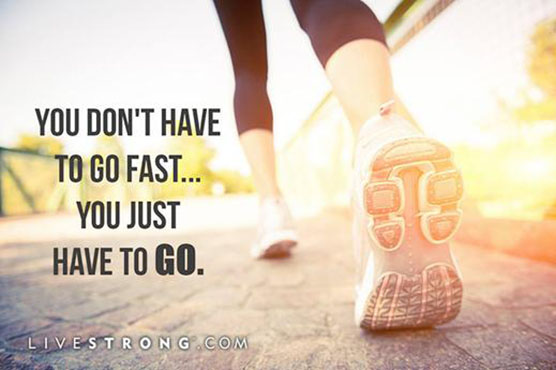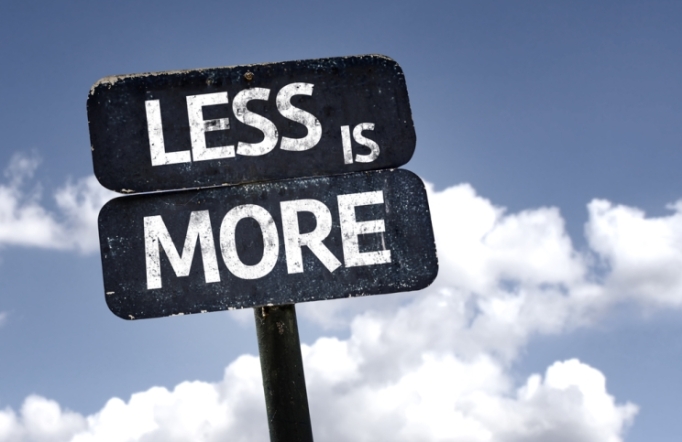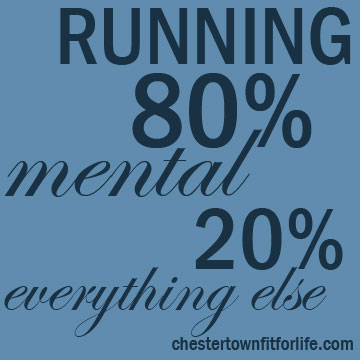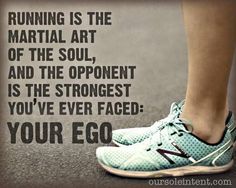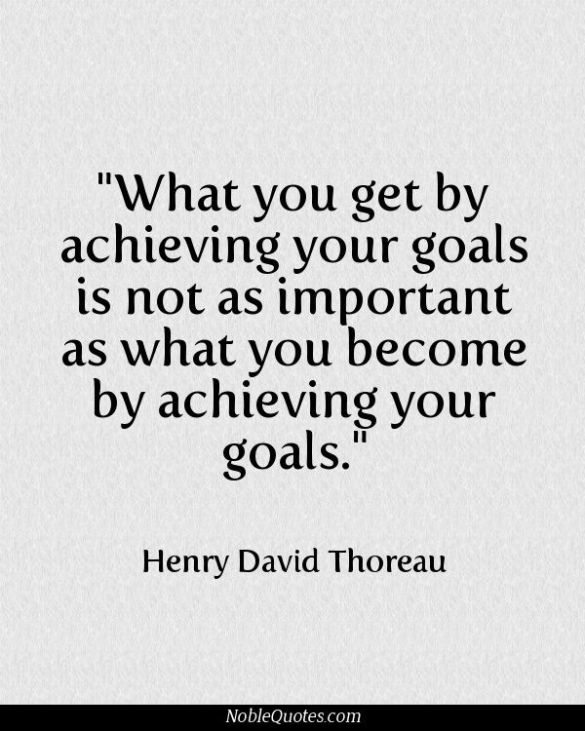After struggling to find my running mojo after the Dopey Challenge, I did a bit of research on training plans. I needed a change, but what? Did I need a coach? Strength training? Speed work? Did I even want to keep running?
If it ain’t broke…
Except it was broken. I was burnt out and the training I’d been doing for the past several years was not consistent or likely, just not enough, if I was going to continue pursuing half and full marathons.
I’d heard about 80/20 running, or the concept of running less or running more runs at an easy pace, in order to improve race day performance, but many of those books had a lot of science in them and vague guidelines on easy perceived effort. I get and appreciate science, but it still left me to figure out what “easy” was supposed to be. It turns out we suck at identifying what that really means from a physiological standpoint.
In case you were wondering, my former training plan was a modified Galloway run-walk-run plan. I’ve never been able to run very long without stopping to walk, mostly because I’d eventually become dizzy or have chest pressure/cardiac symptoms. I’ve been checked out and given the blessing from a cardiologist to run, but walk more to compensate for a weird blood pressure drop that happens when my heart rate gets too high. Once discovering Galloway, I played with intervals for years.
My downfall, was I had a hard time being consistent. I ran 2-3 short runs a week most of the time, but not always, and one long run. I averaged anywhere from a 10:30-12 min pace depending on conditions and how I felt and the terrain (flat vs. hills). I was also inconsistent in my strength training and foam rolling. Bad Kimmy, bad.
Perceived Exertion is difficulty to perceive!
I’ve learned most runners’ perception of “easy” is not the level of easy we should be running. Like I said before, we suck at it. Because we are the way we are, we have a hard time slowing down deliberately. It freaks us out that we will lose speed and fitness. We also tend to do too many hard workouts and don’t give our bodies the time to recover, nutrition it needs, or strengthening and flexibility it needs to remain injury free.
Time for a change
Enter the Another Mother Runner and the Train Like a Mother podcasts and training plans. OMG, I found my people! My tribe! They refer to themselves as Bad Ass Mother Runners, because they are. Every one of them. Every one of us.
The podcast is fantastic and they are real runners and moms and struggle with the same things we all do. They talk about the challenges of being a mother who is also a runner, who might work full time, who struggles with finding the time to fit in training, who are perhaps older mother runners and now “master” runners with physiological changes that play into our running, who understand the runner’s mindset and who genuinely want to help and see you to succeed. Their topics are timely, fascinating, educational, and presented as if they are friends who are sitting around the living room with you. They even drop the occasional f-bomb, always in perfect context. I laugh, I cry, I nod my head a lot, and I’ve learned quite a bit!
What caught my attention is their heart rate training programs. I stumbled upon a podcast about it and then investigated it further. They have all manner of training programs for all levels of runner. Traditional training programs, heart rate based programs, half-marathon and marathon training programs, nutrition programs, and the list goes on. They also have levels within each style from beginner to hard core I’m gonna BQ plans. Check it out! They literally have a plan for everyone.
The cost is very reasonable to purchase a training plan and the resources it comes with are fantastic.
I decided I’d enroll in the Heart Rate 101 program. It’s an 8 week program designed to be an introduction into learning how to run easy based on keeping your heart rate under 140 beats per minute. With the (or any other) program, you get:
- A detailed training plan
- Access to training peaks (free) which allows you to sync the info from your running watch and see the plan, make notes, and chart progress
- Access to a Facebook group of others in the same program as you are for support and guidance.
- Written instruction and links to YouTube videos of all the strength training programs and foam rolling routine. The best part? THEY ONLY TAKE 5 MINUTES and are super effective!
- Some “free” gifts like gels, waffle cookies and coupons mailed to you
- A weekly newsletter with timely training tips, motivation, encouragement, and resources
- The opportunity to learn how to train in such a way that you build strength, cardiovascular endurance, and significantly reduce the risk of injury, and ultimately, be able to run smarter, faster, and easier whatever distance you choose.
I’m currently entering week 6 of the program. I missed most of week 1 as I came down with the flu the day I was supposed to start it and was down for most of that week. It takes several months, realistically, for the physiologic adaptations that HR training can bring, but the rewards are great. I am starting to notice changes already. I’m impressed.
It helps to have some basic equipment, the most important of which is a watch that monitors your HR continuously, accurately, and you can get instant feedback from. I purchased a Polar 400 running watch so I could monitor my heart rate non-stop while running without using a chest strap. For this type of program, being able to measure your HR reliably is key. It also syncs easily with Training peaks. Both programs give you great data at a glance, so you can see your progress, even when you don’t feel like you are making any.
There are less expensive options out there for monitoring HR, Polar has a great reputation and I really wanted to avoid that chest strap.
It also helps to have a set of resistance loops for the strength training, though not required. They are inexpensive. If you wish, there are also exercises for a BOSU ball, but that is not required, either.
What have I learned so far?
- It’s really hard to run easy. My perception of easy running had my heart rate well into the 150’s. Keeping it under 140 has required some effort to learn where that sweet spot is. I’m starting to learn where that is without constantly looking at my watch, being wrong, and having to walk to bring it back down.
- It has altered my running form and gait for the better! I stand taller and am more mindful of my posture, because I have time to do it. I take shorter strides, and use the correct muscles for moving my body forward. Hence, I feel it in all the right places, not just my angry left calf and right ass, which was from compensation and poor form at the pace I used to run at.
- I can run 5 days per week. OMG! It’s not hard! Well, getting up early enough is the hardest part because with my schedule, I have to run before work. I never would have believed I could run this often and feel this good.
- I ENJOY RUNNING! Possibly for the first time ever. I don’t dread getting out the door. I’m starting to look forward to it, even though my runs are for time, not distance, and are for sometimes twice as long as I’d normally run during the week.
- I’ve lost 5 lb because keeping your HR under 140 keeps it in the fat burning sweet spot. I did not need to lose 5 pounds, so this is actually a problem for me, and means I need to up my nutrition game. Maybe buying new clothes isn’t the worst thing that could happen…
- This plan teaches you patience, dedication to the plan, and you have to learn to take your ego out of it and not listen to that voice that tells you to go faster or longer than what the plan prescribes.
- I am more mindful when I am running. I’m more aware of my surroundings. I find listening to the podcasts are a great way to pass the time when running and also a great reminder of why I’m doing this.
- I can run longer before I have to walk! I ran for 13 minutes without stopping yesterday! That’s never happened!
- I need more running clothes or I need to do laundry more often. Running 5 days/week means I need 5 days worth of running outfits appropriate to the weather. Cold and wet weather is more of a challenge for me in that department.
I’m starting to see and feel changes in my body and my running form. I realize how important it is to commit to the strength training and foam rolling, and I need to figure out where to fit it into my day so I don’t forget to do it.
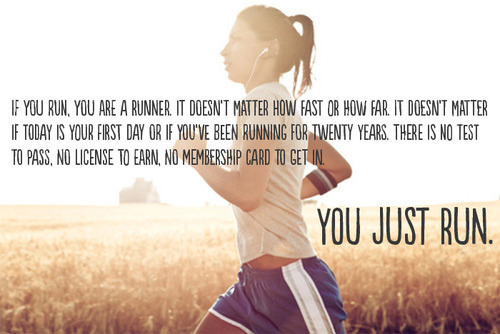
I haven’t been this excited about running in maybe forever. I’m hopeful and optimistic that this training plan will not only alter my attitude toward training, and improve my race performance, but alter my physiology long term, and change my overall habits for the better.
My biggest challenge now, nutrition!
I’ve just registered for the Incredible Heart Rate Marathon Training Plan. You sign up based on your target race date, and it starts 20 weeks before that date. My target race is the Wineglass Marathon on September 30th. My plan starts the 16th of May.
It was $160. In addition to all the perks listed above, the race training plans all come with 15 min of coaching per week via phone, email, and Facebook. That’s invaluable! Plus there is a podcast for each week of the training.
The plan is daunting to look at on paper, but overall, the biggest training weeks are 3.5 hrs plus 20 miles of running, and there are 2 of them. The weekday runs have some caveats, like pick ups, accelerators, and a free run that allow you to play with speed a little bit without the HR limits, but not so much that you risk injury or sabotage the work you’ve done building up to it.
All runs are for time, except the long run, which is for time or distance, whichever you hit first. They provide those parameters as well as the accepted minimum and maximum amount of time those runs should take if you are pressed for time or an over-achiever. More is not better, that is the take home message.
Have you tried a heart rate based program? Would you consider one if you have not tried it before?
I’m looking forward to the journey!
